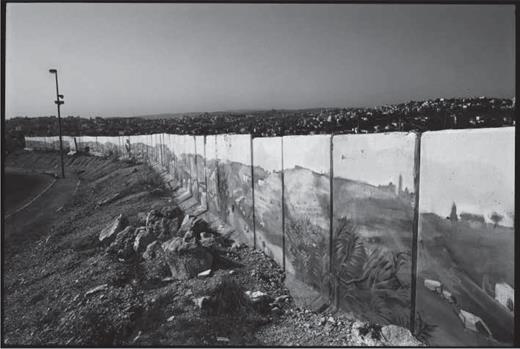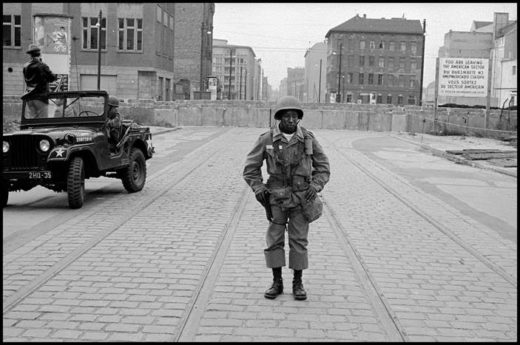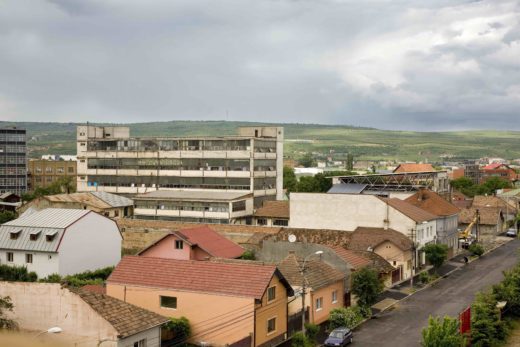Militant Landscape: Notes on Counter-Figuration from Early Modern Genre Formation to Contemporary Practices, or, Landscape after the Failure of Representation
In 1844, the year of Marx’s Philosophical and Economic Manuscripts, J.M.W. Turner presented Rain, Steam, and Speed: The Great Western Railway, the first landscape painting to both articulate the ontological shifts brought about by new modes of extraction and production, but also to suggest concomitant transformation in perception. In this way, it collapsed the dialectical relation between perceiving subject and external landscape, suggesting the reciprocal relationship of reification. In 2013, the contemporary artist and filmmaker Zachary Formwalt produced a piece entitled Projective Geometry in which he read from Chapter 25 of Marx’s Capital, the chapter on “So-called … Read more











